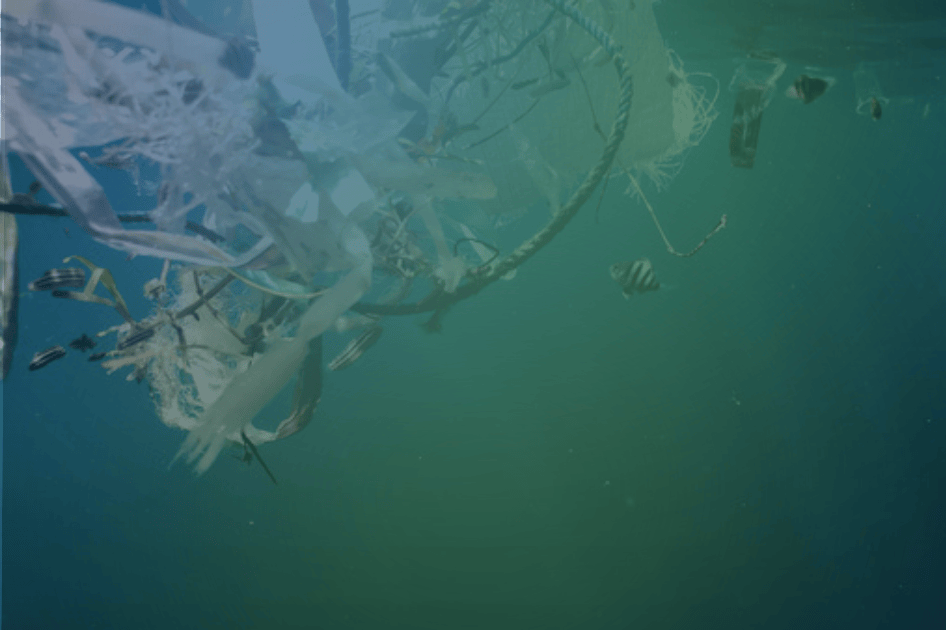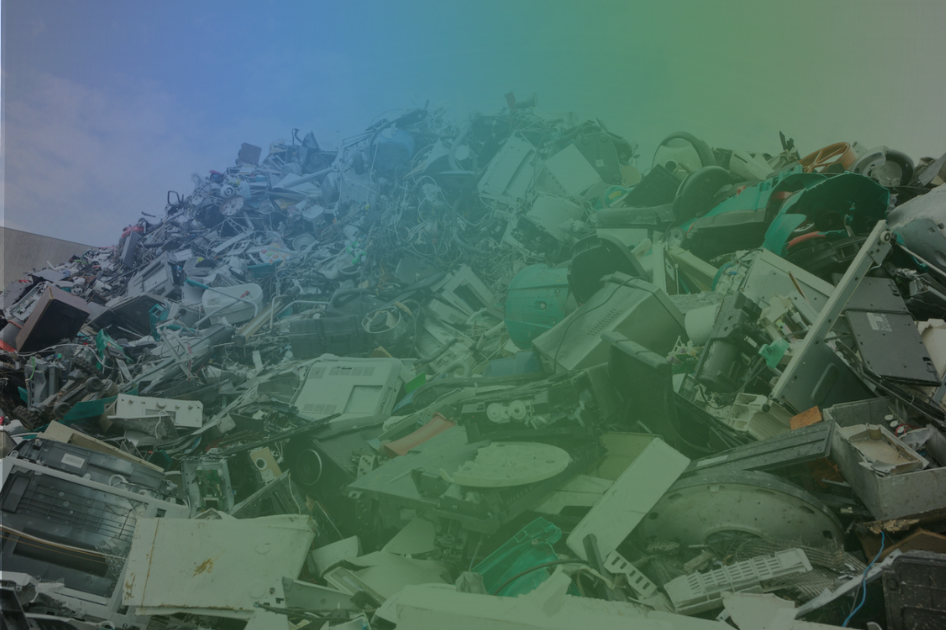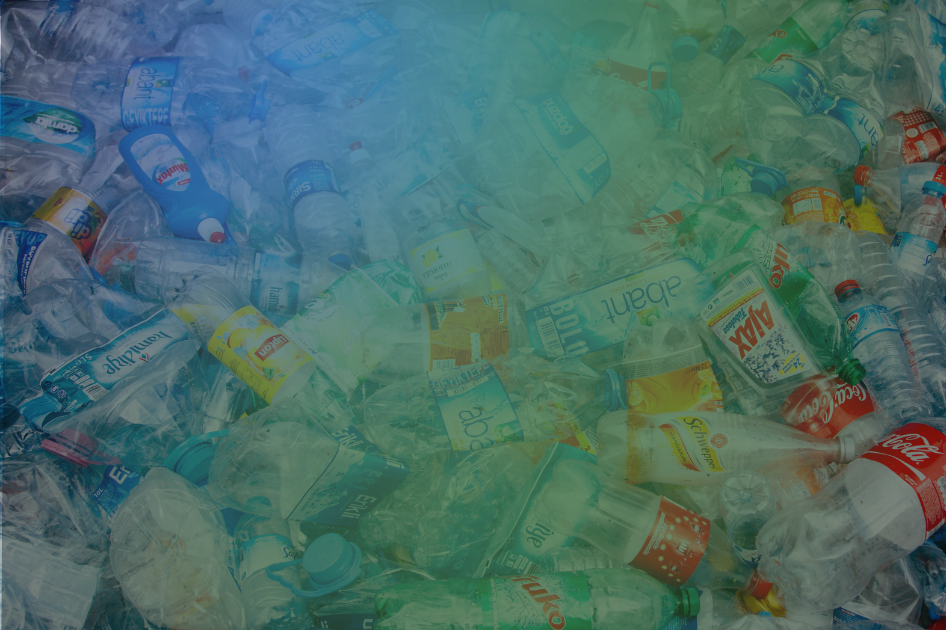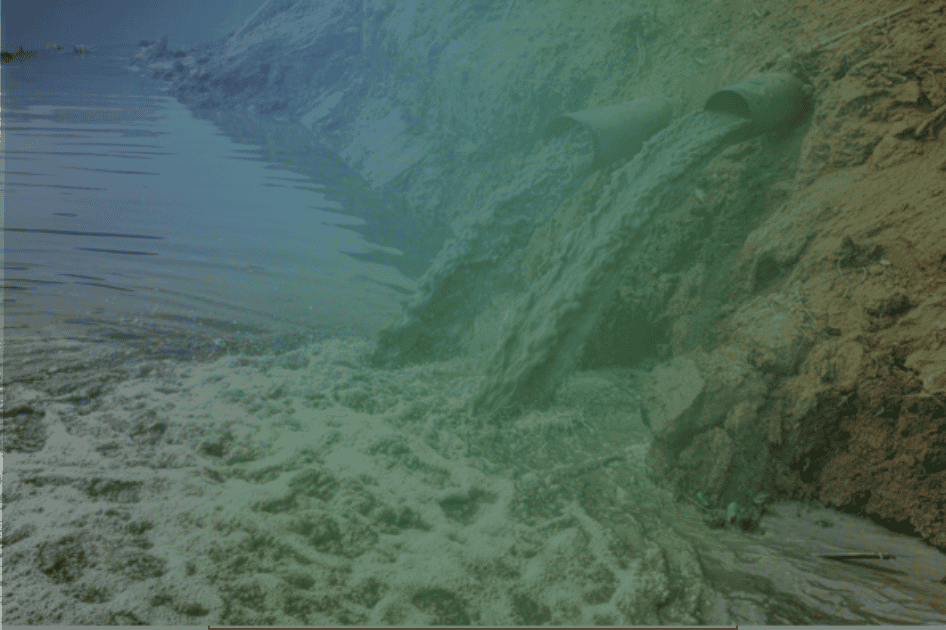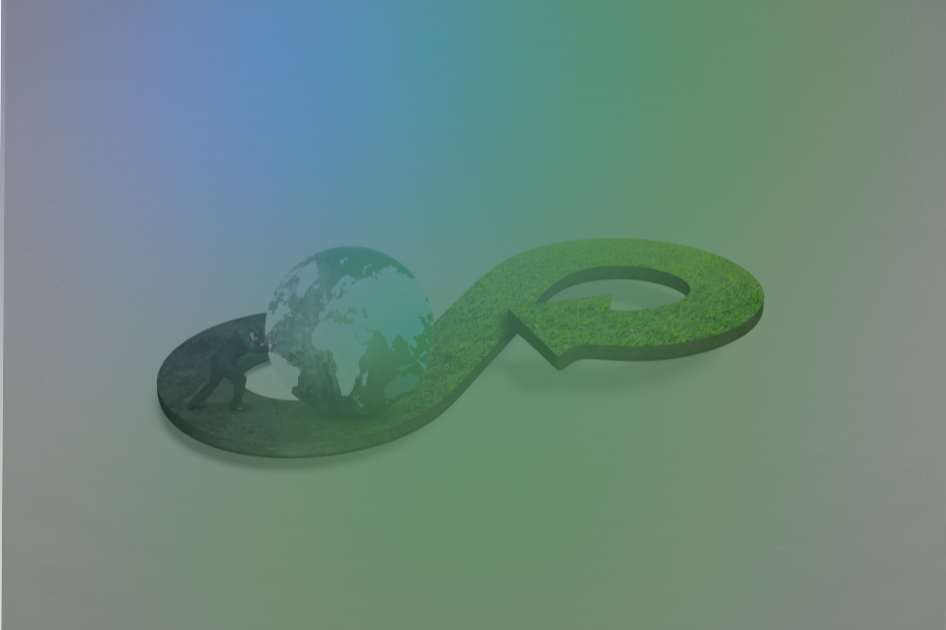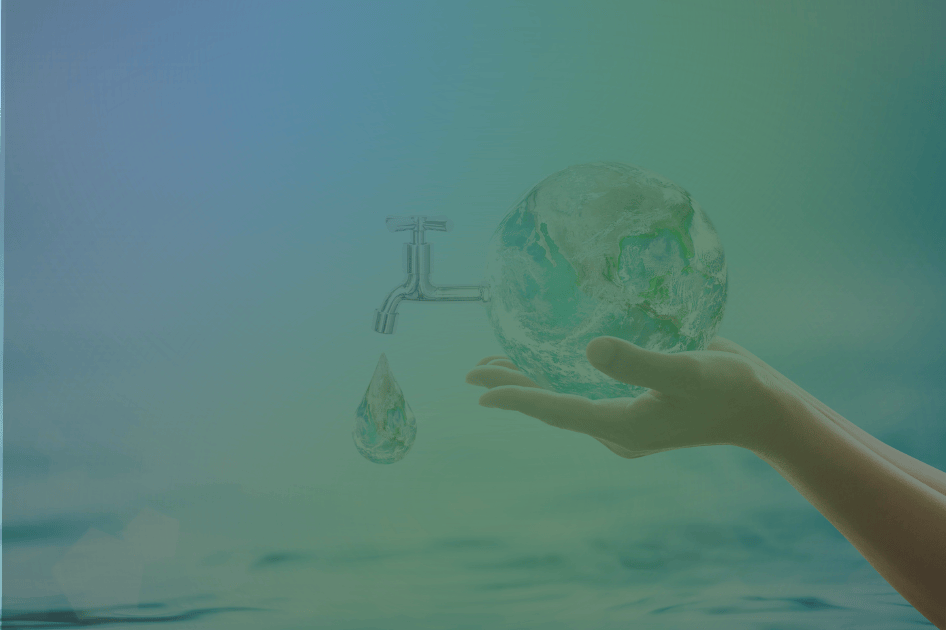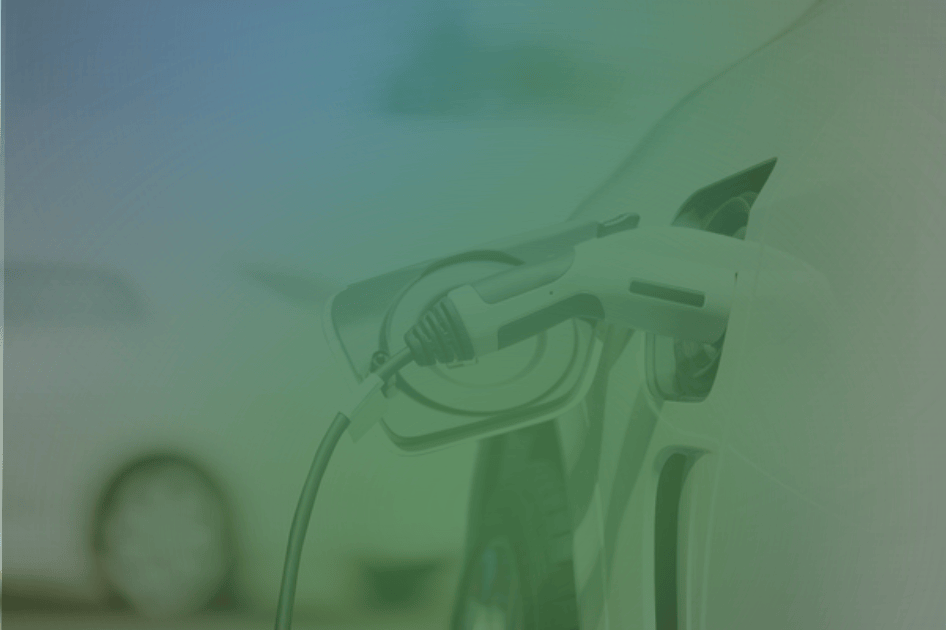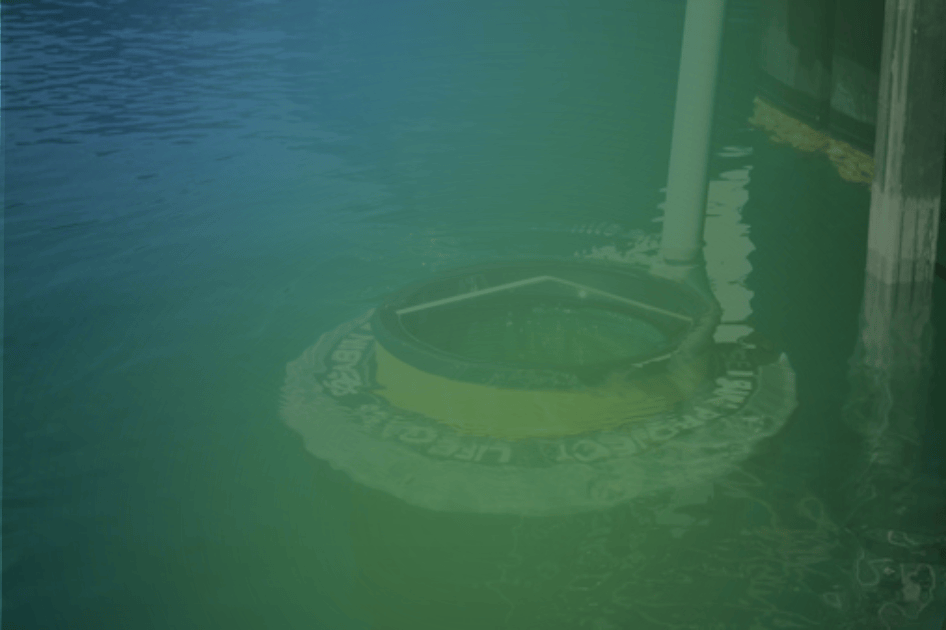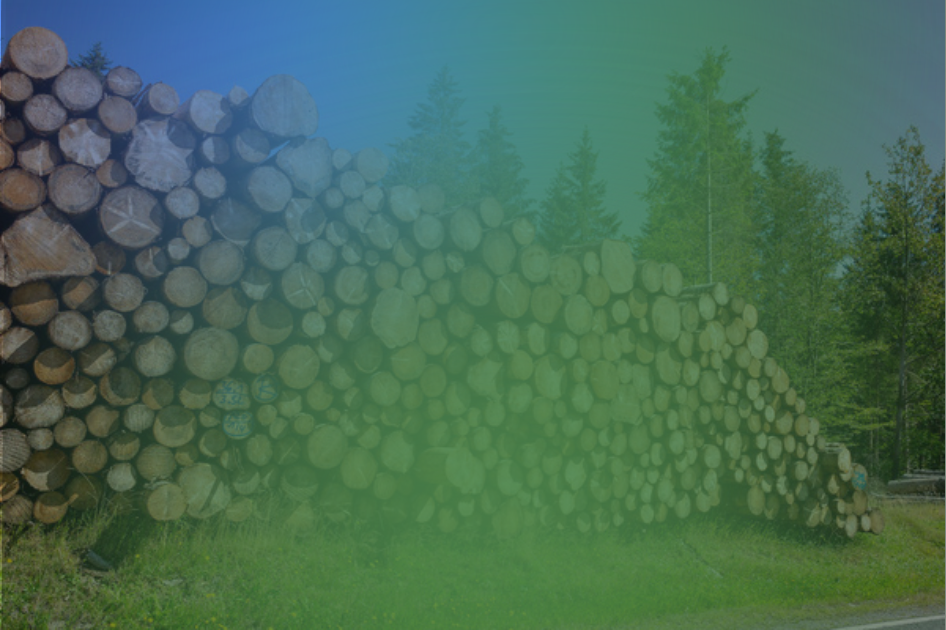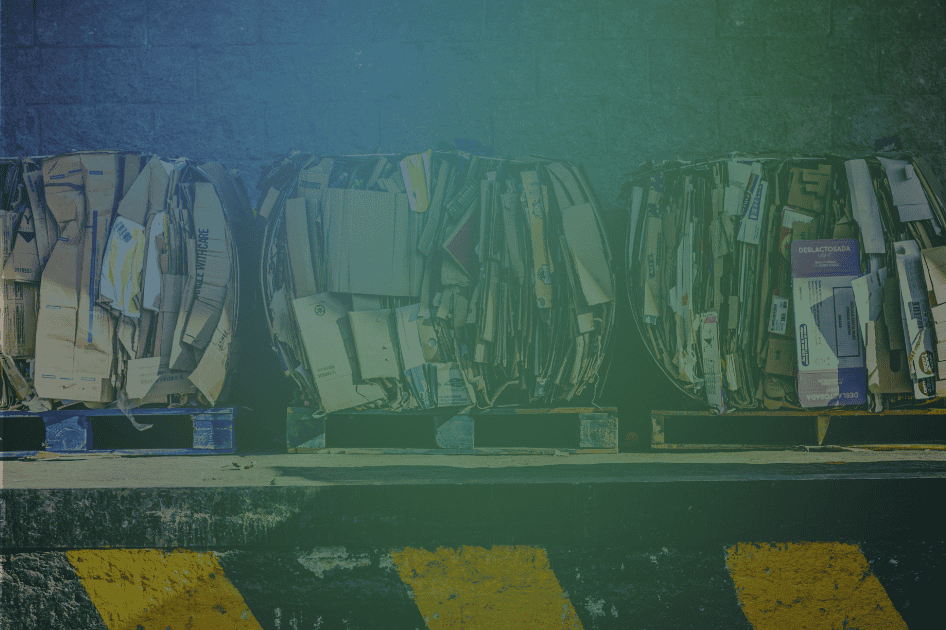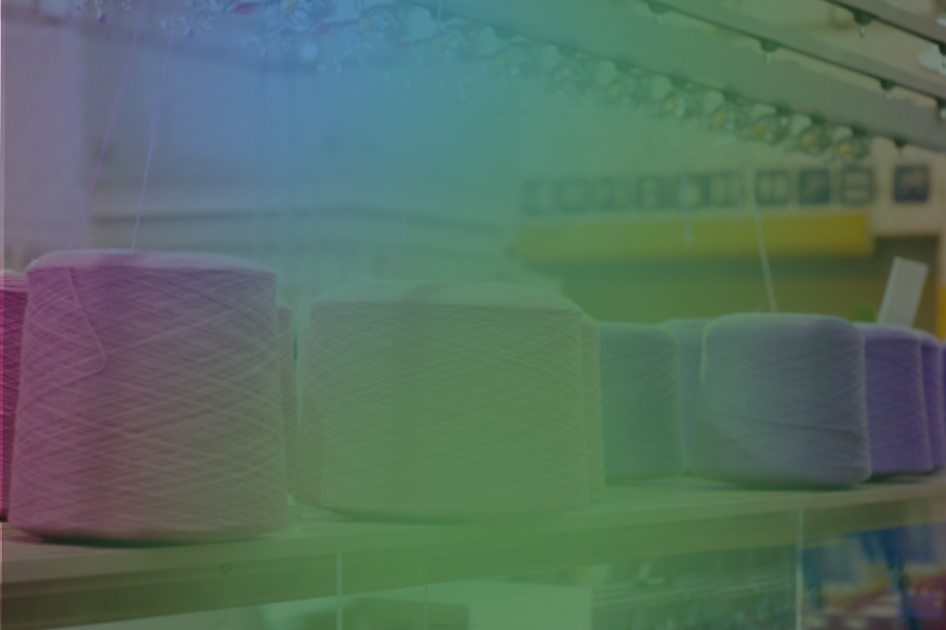According to the Global E-waste Monitor 2024, more than 62 million tonnes of waste from electrical and electronic equipment (WEEE) were generated worldwide in 2022: an average of 7.8 kg per person each year. Production (it was 34 million in 2010) is now rising at a rate five times faster than recycling. Within this stream, a large proportion comes from small electrical and electronic devices, one of the most widespread categories, yet also one of the hardest to collect, since these items are often left forgotten in people’s homes once they are no longer in use.
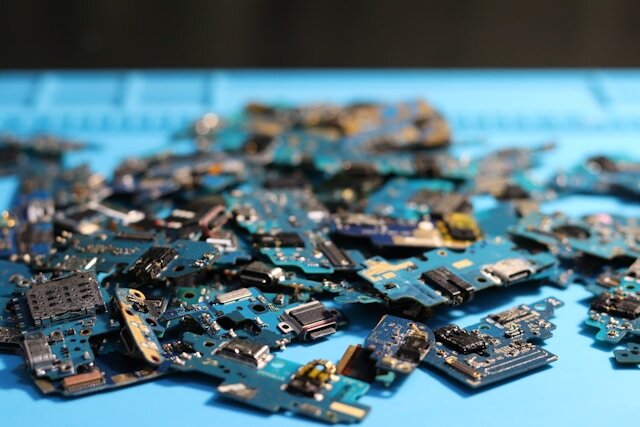
Small WEEE: an “urban mine”
Almost everyone has a drawer containing the remnants of their technological past: mobile phones, chargers, headphones, digital alarm clocks, tablets, and computers. Beyond consumer electronics, the small WEEE category also includes lighting equipment such as energy-saving bulbs, LED lamps, and fluorescent tubes, as well as small household appliances like hairdryers, irons, coffee machines, razors, and electric toothbrushes.
All these products form a genuine “urban mine” of valuable raw materials, including copper, aluminium, silver, gold, lithium, and rare earths. For this reason, it is vital to channel them into proper recycling processes as part of a circular economy. Even before that, however, they should be reused and repaired wherever possible, extending their lifespan and helping to slow the pace of waste generation.
The EU’s efforts to reduce WEEE
In March 2020, under the Green Deal, the European Commission presented its Circular Economy Action Plan (CEAP), placing the reduction of WEEE among its priorities. For example, it ruled that by the end of 2024, USB-C must become the standard charger for most electronic devices, while by 28 April 2026, laptops will also be required to feature a USB Type-C port.
The Circular Economy Act is expected to be enacted in the last quarter of 2026, strengthening the European circular economy model with new legislative measures. On that occasion, the Commission will also revise Directive 2012/19/EU, known as “WEEE 2”. To this end, a public consultation is currently underway (open until 6 November 2025) to allow citizens, businesses, and organisations to provide suggestions.
- You may also be interested in: Critical raw materials: EU backs 60 strategic projects
Separate collection needs improvement
According to a European Commission study published on 2 July 2025, the 65% target for the separate collection of WEEE remains distant for many member states, except Bulgaria and Slovakia, which have already achieved it. The average collection rate for electronic waste is, in fact, stuck at 47% (2021 data). In this context, last July, the European Commission proposed the introduction of a levy of 2 euros per kilogram on WEEE not collected. The amount would be charged annually to each state, based on the difference between the quantities placed on the market and those actually collected separately.
By contrast, the average European recycling rate for collected waste is good, standing at 80–85%. Much lower, however, is the share prepared for reuse, which ranges between 0.6% and 1.7%. As regards WEEE treatment plants, only 23% operate in accordance with the CEI EN 50625 technical standard for efficient treatment. Finally, the application of extended producer responsibility (EPR) remains fragmented. This principle, which underpins the entire system, establishes that those placing electrical and electronic equipment on the market are required to finance its collection, treatment, and proper recycling at the end of its life.
The value of reuse and repair
While recycling is essential, reuse and repair extend the lifespan of products, reducing the consumption of new resources and lowering the CO₂ emissions associated with production. To this end, in 2024, the European Parliament gave final approval to the “right to repair” directive, granting member states 24 months to transpose the law into national legislation.
Under the new rules, manufacturers will be required to provide timely and affordable repair services, while goods covered by legal guarantees will benefit from an additional one-year extension. To support consumers, a European online platform will be set up, with national sections, where people will be able to easily find local repair shops, sellers of refurbished goods, buyers of defective items, or community-led repair initiatives such as repair cafés.
- You may also be interested in: Sodium batteries: the technology that could make the EU less dependent on critical materials
Reviving the repair market
Manufacturers must also supply spare parts and tools at reasonable prices, and will not be allowed to obstruct repairs. In particular, they will not be able to prevent independent repairers from using second-hand or 3D-printed spare parts, nor refuse to repair a product for purely economic reasons or because it has previously been repaired elsewhere. In addition, each member state will be required to adopt at least one strategy to promote repair, such as vouchers, awareness campaigns, repair training courses, or support for entities working in the sector.
Circularity and innovation
The challenge for the future of WEEE management is therefore twofold: on one side, to collect as many small WEEE items as possible; on the other, to design economically sustainable regeneration chains, where repair, reuse, and recycling coexist and complement one another. In this context, innovation will play a key role: for example, blockchain-based traceability systems to monitor waste flows, digital platforms to match supply and demand for refurbished components, and mobile repair labs to bring services directly to citizens.
Article written by Emanuele Bompan and Maria Carla Rota
This blog is a joint project by Ecomondo and Renewable Matter
Credits:
PUBLICATION
26/09/2025

